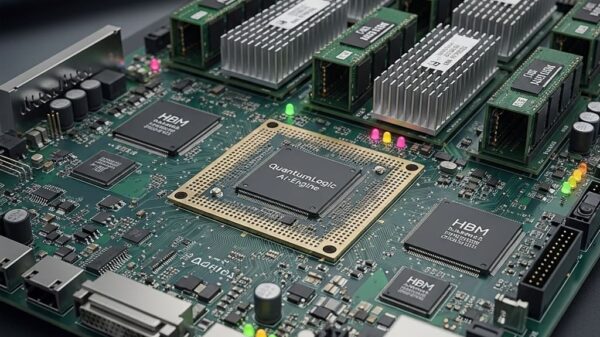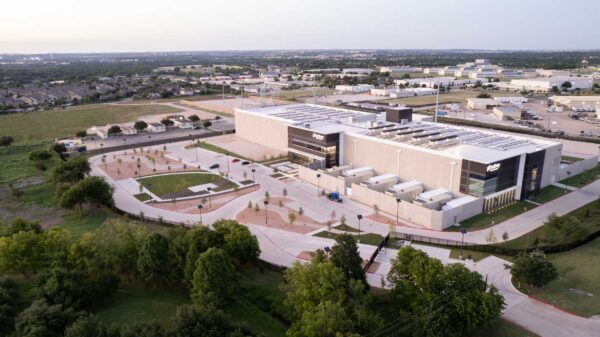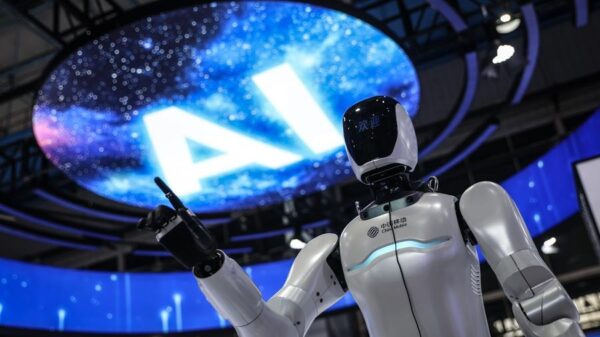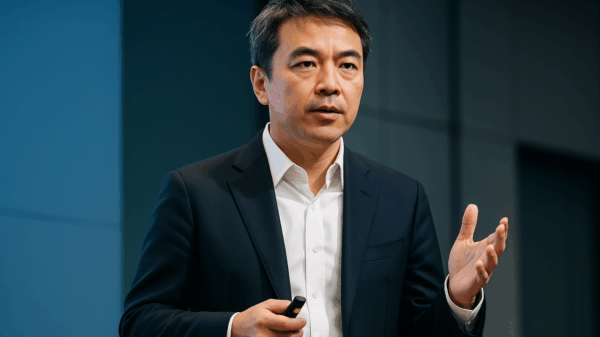In a groundbreaking achievement, researchers led by Keiya Hirashima at the RIKEN Center for Interdisciplinary Theoretical and Mathematical Sciences (iTHEMS) in Japan, in collaboration with teams from The University of Tokyo and Universitat de Barcelona in Spain, have developed the first simulation of the Milky Way that can accurately track over 100 billion individual stars throughout a span of 10,000 years. This significant advancement was showcased at the renowned international supercomputing conference SC ’25 and represents a revolutionary leap in astrophysics, high-performance computing, and AI-assisted modeling.
The newly introduced model incorporates 100 times more stars than the most advanced previous simulations, while being generated over 100 times faster. The implications of this research extend beyond astrophysics; the same methodologies could be applicable to vast Earth system studies, such as climate and weather research.
Challenges in Galactic Simulation
For many years, astrophysicists have strived to create simulations of the Milky Way detailed enough to follow each individual star. Such models would enable researchers to directly compare theories of galactic evolution, structure, and star formation with observational data. However, the complexity of simulating a galaxy accurately is daunting. It requires the calculation of various factors, including gravity, fluid behavior, the formation of chemical elements, and supernova activity over extensive ranges of time and space.
Existing high-quality simulations have struggled to capture the Milky Way’s full scale while preserving the fine details of single stars. Current leading-edge simulations can represent systems equivalent to about one billion solar masses, which falls significantly short of the Milky Way’s total of more than 100 billion stars. Consequently, in previous models, the smallest simulated “particle” often represents a cluster of approximately 100 stars, compromising the accuracy of small-scale processes. Compounding the problem is the need for simulations to advance in very small time increments to accurately depict rapid events, such as supernova explosions.
See also AI Expert Christopher DiCarlo Warns: AGI Could Surpass Human Intelligence in 2-5 Years
AI Expert Christopher DiCarlo Warns: AGI Could Surpass Human Intelligence in 2-5 YearsTo effectively shrink the computational timestep necessitates a substantial increase in computational effort. For example, simulating the Milky Way star by star would demand around 315 hours for every 1 million years of galactic evolution. At this rate, modeling a billion years would consume over 36 years of real time. Simply scaling up the number of supercomputer cores is not a viable solution due to excessive energy consumption and diminishing efficiency.
Innovative Deep Learning Solutions
To tackle these formidable challenges, Hirashima and his team devised a novel approach that integrates a deep learning surrogate model with standard physical simulations. This surrogate model was trained using high-resolution supernova simulations, enabling it to predict how gas disperses during the subsequent 100,000 years following a supernova event without needing extra resources from the primary simulation. This AI component allows the researchers to capture the overall behavior of the galaxy while still modeling intricate, small-scale events, including the precise details of individual supernovae.
The success of this method was validated by comparisons with large-scale simulations executed on RIKEN’s Fugaku supercomputer and the Miyabi Supercomputer System at The University of Tokyo. Remarkably, this hybrid AI method provides true individual-star resolution in galaxies containing over 100 billion stars and does so at an impressive speed; simulating 1 million years takes only 2.78 hours, allowing for the completion of 1 billion years in approximately 115 days instead of the previously estimated 36 years.
This integration of AI with high-performance computing could transform various sectors of computational science by linking small-scale physics to large-scale phenomena. Areas like meteorology, oceanography, and climate modeling, which share similar challenges, stand to benefit from these advanced simulation tools.
As Hirashima notes, “I believe that integrating AI with high-performance computing marks a fundamental shift in how we tackle multi-scale, multi-physics problems across the computational sciences. This achievement also shows that AI-accelerated simulations can move beyond pattern recognition to become a genuine tool for scientific discovery — helping us trace how the elements that formed life itself emerged within our galaxy.”







































































